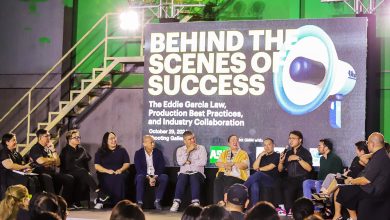FRANCE – In a talk called Nailing Jelly to a Tree & Other Wild Goose Chases, Cognitive Neuroscientist Dr Itiel Dror and BrandOpus Ceo, Nir Wegrzyn, we are in the “Dark Ages” in how we try to affect our target market’s decision making process. This is because we assume rationality, when in fact a vast majority of our decisions are not at all rational. And yet a majority of brands drive literal, explicit messages.
Using examples from the fields he works in like forensic science, medicine and military training, Dr Dror sites examples that show that even in these highly rational and purportedly precise disciplines, human decisions are always subject to non-rational context and influences.
So what do we do with this knowledge to help us in our marketing efforts? Here are the 3 main lessons they shared:
Lesson 1: Make messages into memories
First of all, don’t overload your messages. The brain is not a camera. Strive for visual distinctiveness and what they called “eachness”, which basically means that your identity must be distinctive and quirky.
Lesson 2: Encode in the appropriate part of the brain
The science tells us that if a message is encoded in the rational part of the brain, it will not become part of the decision-making process later on. The interesting thing that Dr Dror said was that it does not matter that people say they are affected by facts, because ultimately they do not know what actually affects their behavior. It is imperative then that we go beyond the rational.
Which brings us to the most important lesson…
Lesson 3: An emotional, relevant story works more
To illustrate this point, he talks about his experience with doctors in training who would perfect procedures on very sophisticated dummies. They would always get it right when they were practicing but would make many errors in real life. Dr Dror changed the program and made the dummies die. This made for a stronger emotional impact on the doctors, who learned that they did not want to experience that again when the patients were real and were then more likey to make less errors.
So next time a client asks for a “reason-to-believe” explanation/freight demonstration of their product, we should tell them that the consumer is in fact not looking for reasons, but will ultimately choose based on emotions.
Kat Limchoc is the Executive Creative Director of Blackpencil Manila and is currently attending the Cannes Lions International Festival of Creativity 2015.









